Exploring Singapore’s unique take on a NY-style ‘high line’
An old railway running through Singapore Is now a thriving ‘green line’ nature reserve spanning the entire island.
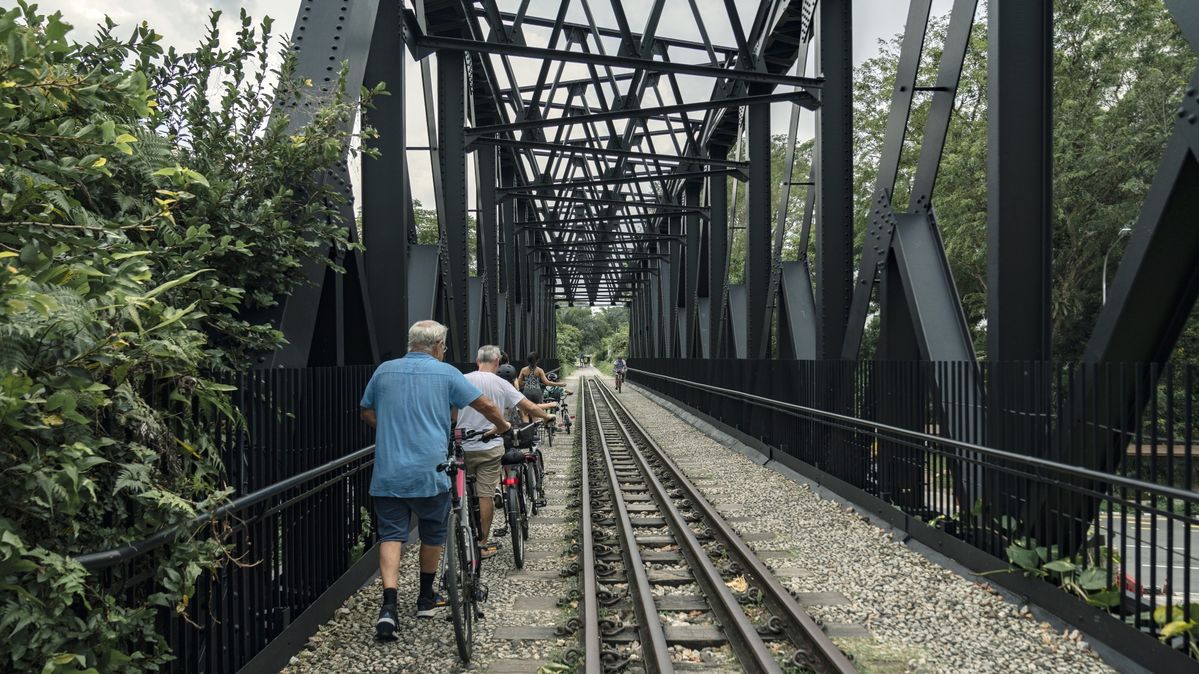
A former railway line running through the heart of Singapore has turned into one of its biggest conservation success stories, marking a departure from the more manicured approach to nature that the city-state is known for.
The 24km (15 miles) contiguous stretch of land was part of a rail track built by the British colonial government in Malaya and was returned to Singapore from Malaysia in 2011, more than four decades after the two countries parted ways.
Singapore was now faced with a question: What should it do with the land?
The Nature Society, Singapore’s oldest conservation group, submitted an audacious proposal to authorities: convert the railway into a green corridor that would connect existing green spaces from the Sungei Buloh Wetland Reserve in the north, through some of the city’s most exclusive neighborhoods, all the way to the central business district in the south.
Since 2012, parts of the rail corridor have been accessible to the public. The government has refrained from parceling out land for real estate development, keeping it as a green spine that’s 10 times longer than the High Line in New York, from which it drew inspiration.
Authorities are now committed to preserving it in the long term, and continue to enhance more parts of the corridor, reopening them in phases.
“When I gave that proposal to them, I wasn’t optimistic that they’d embrace the entire length,” said Nature Society conservation committee chair Leong Kwok Peng, who spearheaded the campaign. “Never in my wildest dreams could I’ve actually imagined that would happen.”
Earlier this year saw the opening of an 8km northern stretch that had previously been under renovation, with 12 new access paths connecting the corridor to surrounding residential estates and parks and an observation deck with views of the Bukit Timah Nature Reserve.
More improvements are still on the way, according to the National Parks Board (NParks) and the Urban Redevelopment Authority.
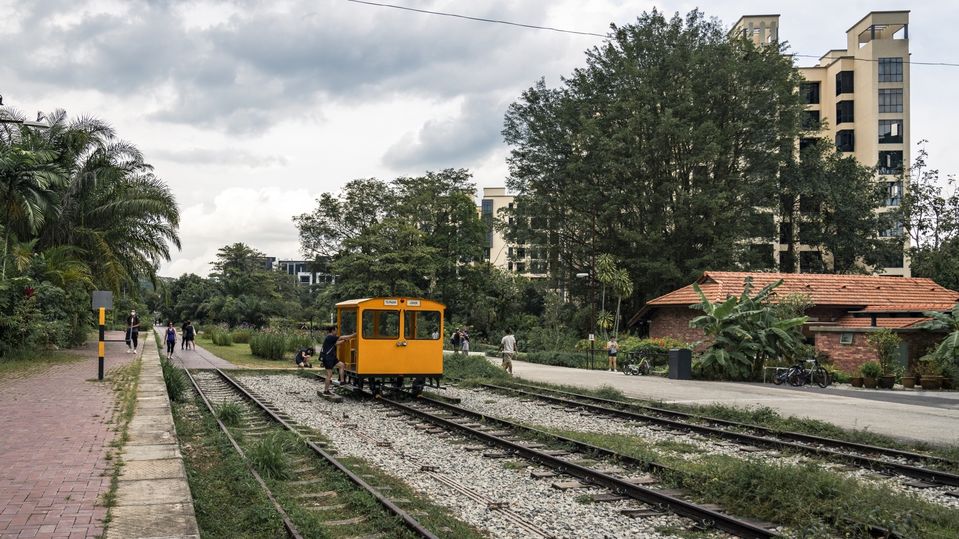
The focus on preserving the railway underscores a shift in Singapore’s relationship with nature.
While half a century ago the city took a tamer and less ambitious approach to greenery, as encapsulated in the government’s "Garden City” vision which emphasized beauty and tidiness, the thinking now is to bring back the wilderness.
“The Rail Corridor passes through every terrestrial habitat you can find in Singapore,” said Ngo Kang Min, a forest ecologist, pointing out on a map the patches of mangroves, marshland, forests and grassland alongside the railway tracks.
By allowing the movement of species previously cut off from each other, Ngo envisions the corridor becoming a connector that can increase the genetic diversity of local flora and fauna.
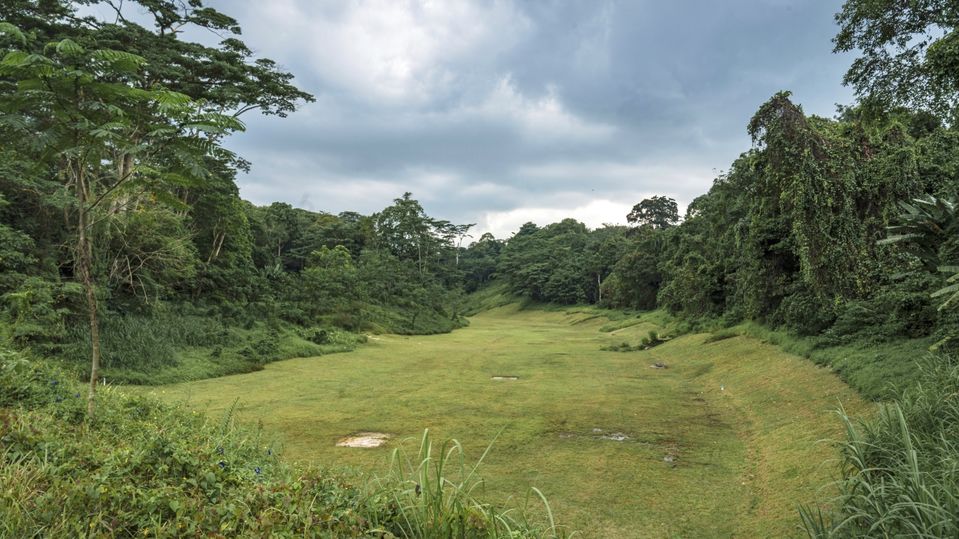
In October 2018, NParks and the URA began rewilding a 4km stretch in the central part of the Rail Corridor.
Several endangered native primary forest species were reintroduced to return the landscape to its original rainforest state; to date, NParks has planted more than 52,000 native trees and shrubs along the corridor.
The restored belt of native forest has since become a key passage, habitat and source of food for various animals, including the Sunda Pangolin, the world’s most trafficked mammal, and the Straw-headed Bulbul.
“The Rail Corridor is envisioned to be a highway for wildlife movement, providing a safe haven for animals to traverse between green spaces in Singapore,” NParks and URA said.
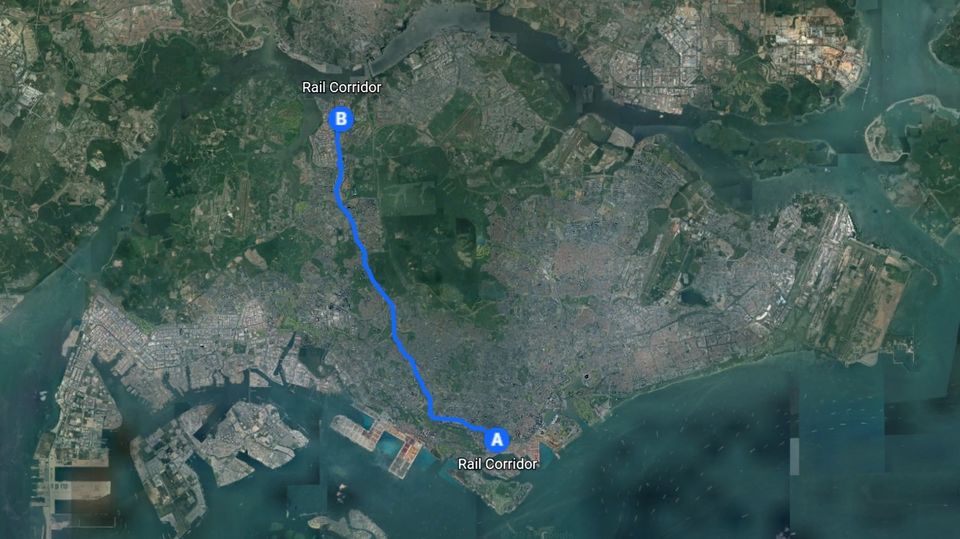
On a recent night walk, the trail was entirely unlit to facilitate nocturnal wildlife movement.
Walking alongside tracks left behind by wild boars, professional nature guide Gloria Seow demonstrated various fauna by her flashlight: catfish and freshwater crabs in a stream, fruit bats swooping in for figs, forest fireflies and an Oriental Whip Snake dangling from a branch.
The only sounds were the gurgle of the stream and chirps of mating crickets.
With more nature trails and parks (including the new Rifle Range Nature Park) linking to the Rail Corridor, the vision is to have a network of green routes across the island.
“Here nature is unexpected,” Seow said. “It tends to surprise you when you see a snake, a pangolin, an owl you’ve never seen before. Other urban parks don’t have that element of surprise.”
More rewilding will soon be happening in other parts of the Rail Corridor, driven by the Nature Society – the largest-scale project of its sort under a nongovernmental organization to date.
It plans to plant several thousand trees in order to bring back rare species and improve the canopy cover in a section of the corridor that’s mainly grassland, starting this month.
The Nature Society is now lobbying the government to extend a trail along the Old Jurong Line, a disused railway track that runs through the western industrial tip of Singapore, where fragmented green spaces are scattered among factories, oil refineries and roads.
The society is also focusing on preserving already-wild spaces along and adjacent to the corridor, parts of which will be disrupted by proposed housing development.
With more nature trails and linear parks slated to link to the Rail Corridor, NParks and URA envision a network of green routes across the island connecting all major forests and nature reserves, as part of a goal to build what they call a “City in Nature” – with every household living within a 10-minute walk of a park by 2030.
“The attitude towards conservation in the past by the government has always been build, build, build first – economy comes first,” said Ngo.
“But now after Covid the conversation has shifted significantly. People want to see more green spaces. There can be room for more radical thinking and design in the way that we build those spaces.”
This article is published under license from Bloomberg Media : the original article can be viewed here

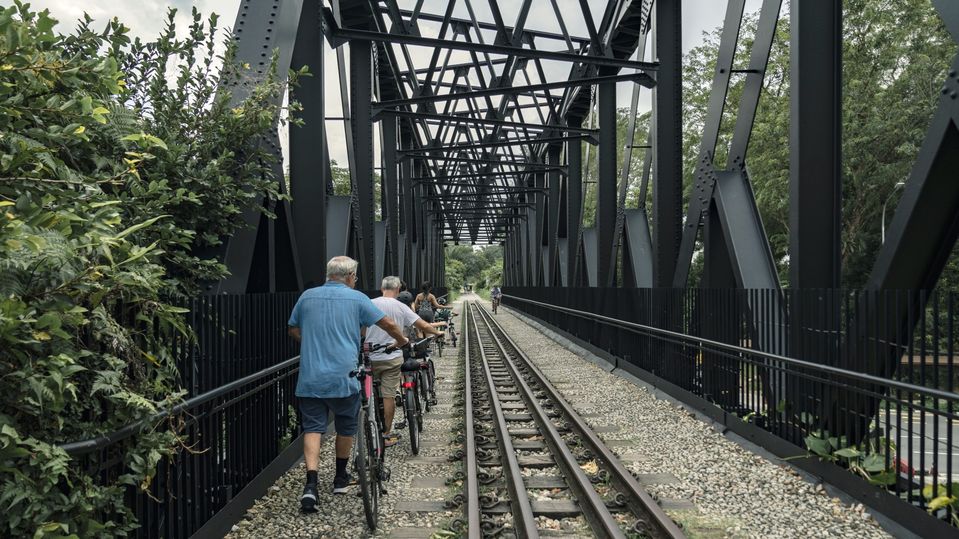

01 Feb 2023
Total posts 2
Wonderful to see this. What a great concept. I used to live alongside the track back in the eighties and rode the train to KL and back often. Well done to everyone involved in making this truly something very very special for Singapore. Brilliant achievement.
09 May 2020
Total posts 568
Surprised to see this article featured here. A pleasant surprise.
Hi Guest, join in the discussion on Exploring Singapore’s unique take on a NY-style ‘high line’